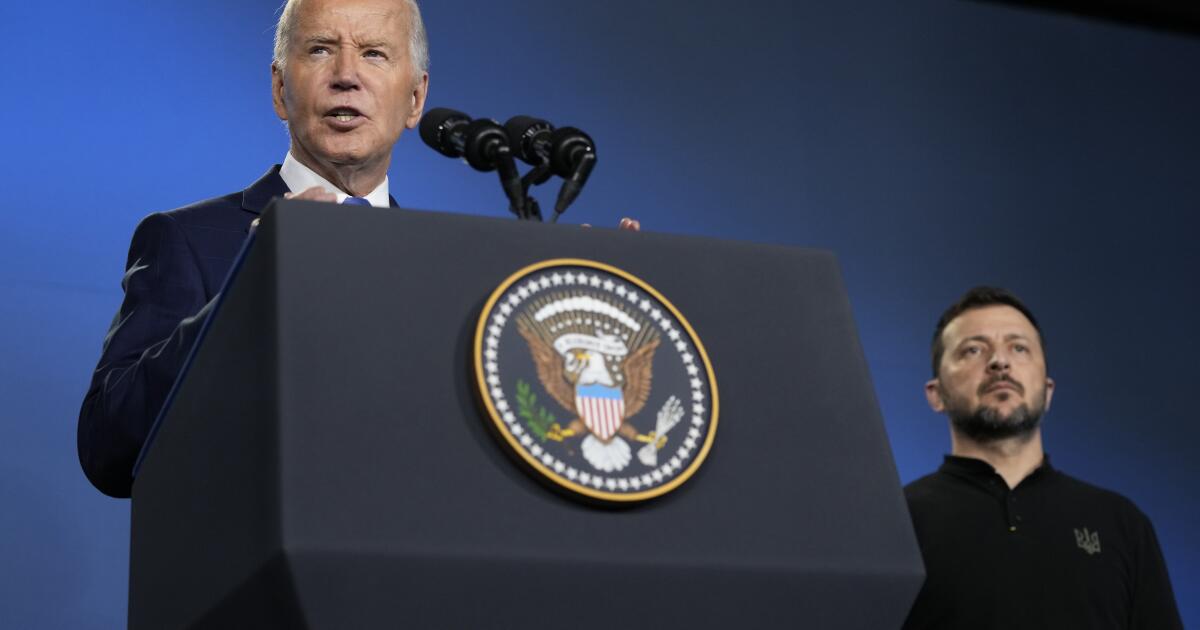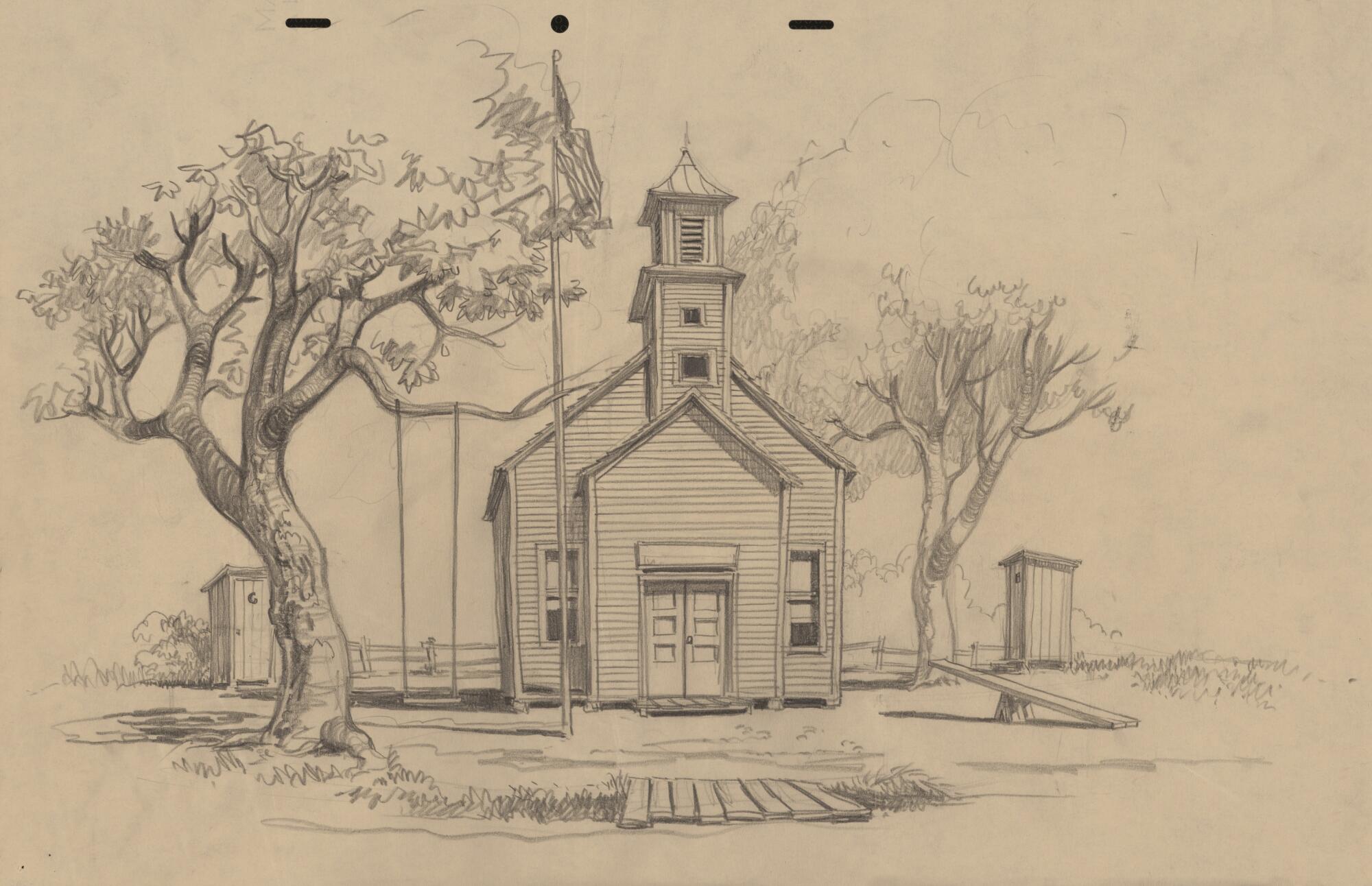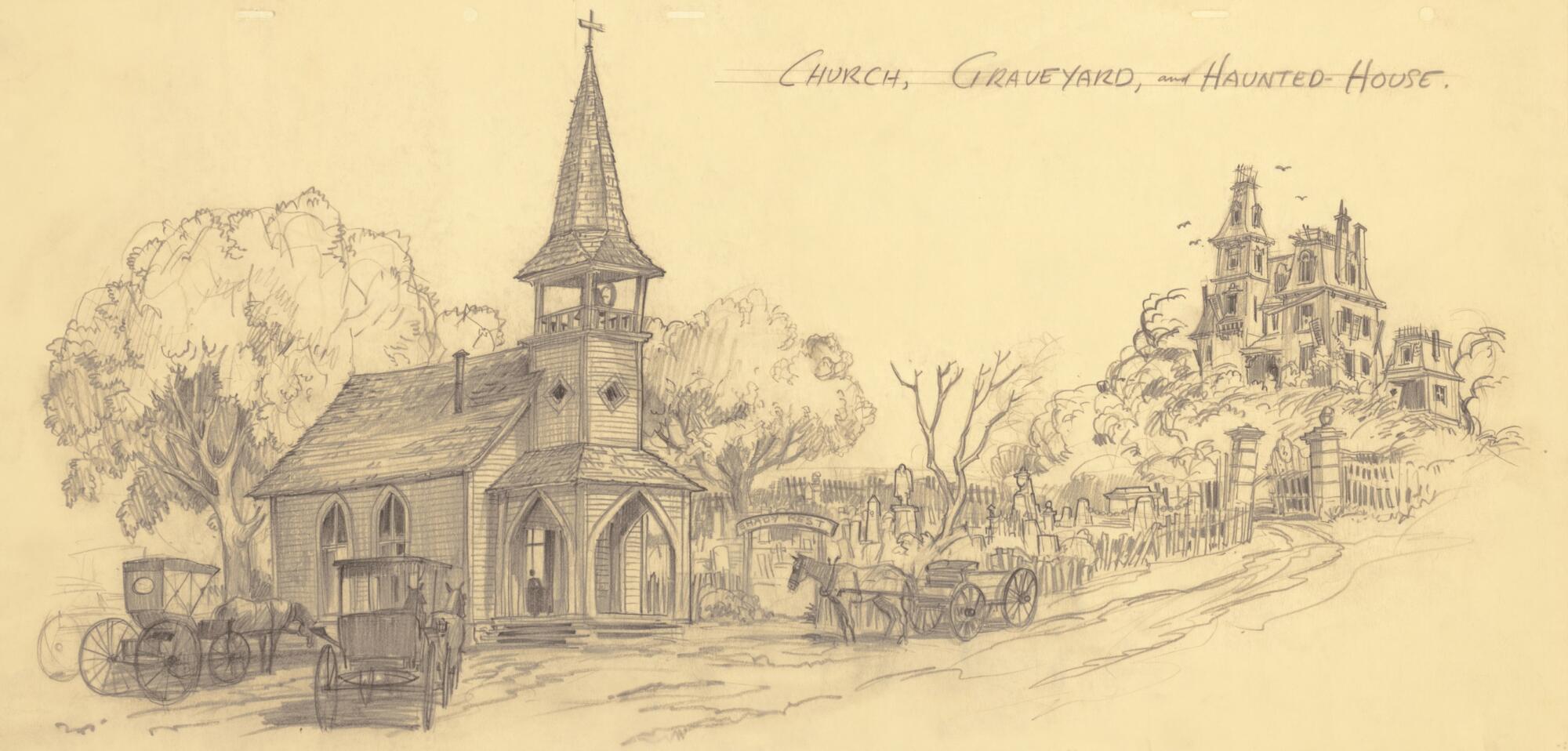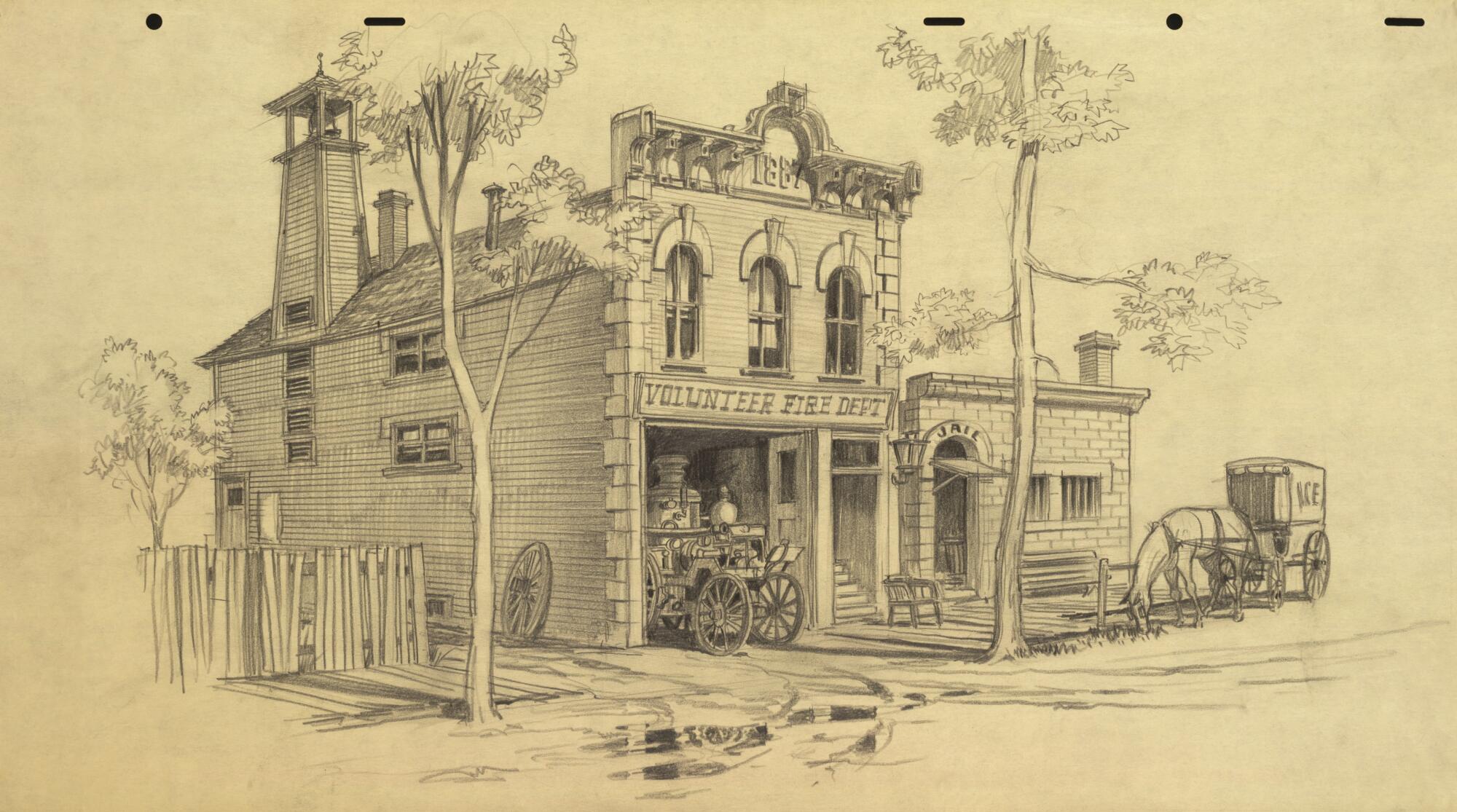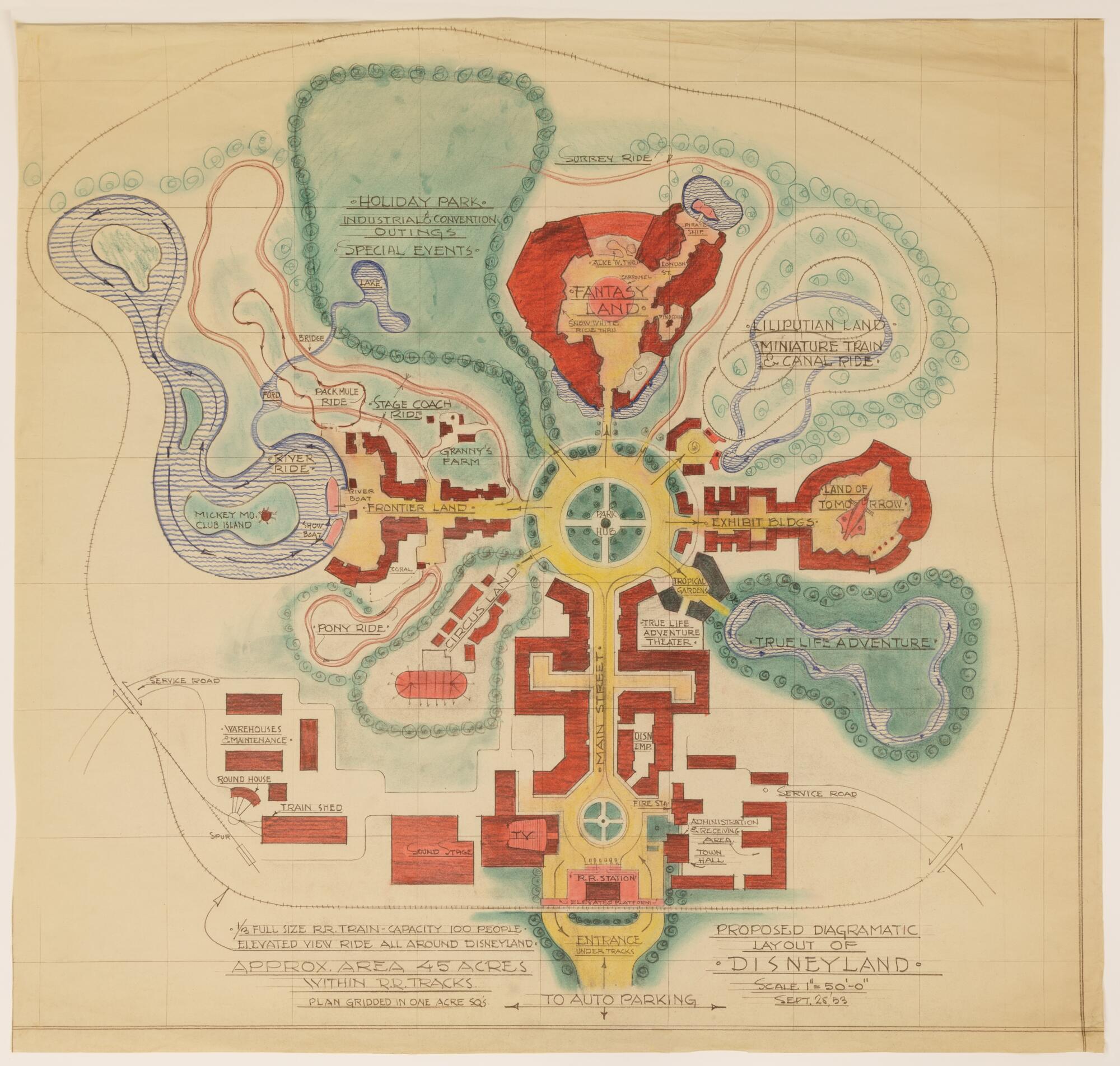Former VP Kamala Harris offers few regrets about failed presidential bid
Former Vice President Kamala Harris offered a spirited defense of her short, unsuccessful 2024 presidential bid, lamented the loss of voters’ faith in institutions and urged Democrats to not become dispirited on Monday as she spoke at the first hometown celebration of her new book about her roller-coaster campaign.
She appeared to take little responsibility for her loss to President Trump in 2024 while addressing a fawning crowd of 2,000 people at The Wiltern in Los Angeles.
“I wrote the book for many reasons, but primarily to remind us how unprecedented that election was,” Harris said about “107 Days,” her political memoir that was released last week. “Think about it. A sitting president of the United States is running for reelection and three and a half months before the election decides not to run, and then a sitting vice president takes up the mantle to run against a former president of the United States who has been running for 10 years, with 107 days to go.”
She dismissed Trump’s claims that his 2024 victory was so overwhelming that it was a clear mandate by the voters
“And by the way, can history reflect on the fact that it was the closest presidential election?” Harris said, standing from her seat on the stage, as the audience cheered. “It is important for us to remember so that we that know where we’ve been to decide and chart where we are.”
Trump beat Harris by more than 2.3 million votes — about 1.5% of the popular vote — but the Republican swept the electoral college vote, winning 312-226. Other presidential contests have been tighter, notably the 2000 contest between Republican George W. Bush and Democrat Al Gore. Gore won the popular vote by nearly 544,000 votes but Bush won the electoral college vote 271-266 in a deeply contentious election that reached the U.S. Supreme Court.
Harris, faulted for failing to connect with voters about their economic pain in battleground states in the Midwest and Southwest, criticized former President Biden about his administration’s priorities. She said she would have addressed kitchen table issues before legislation about infrastructure and semiconductor manufacturing.
“I would have done the family piece first, which is affordable childcare, paid leave, extension of the child tax credit,” she said, basic issues facing Americans who “need to just get by today.”
Harris spoke about her book in conversation with Jennifer Welch and Angie “Pumps” Sullivan, the hosts of the “I’ve Had It” podcast and former cast members of the Bravo series “Sweet Home Oklahoma.”
Attendees paid up to hundreds or thousands of dollars on the resale market for tickets to attend the event, part of a multi-city book tour that began last week in New York City. The East Coast event was disrupted by protesters about Israeli actions in Gaza. Harris is traveling across the country and overseas promoting her book.
The former vice president’s book tour is expect to be a big money maker.
Harris’ publisher recently added another “107 Days” event at The Wiltern in Los Angeles on Oct. 28.
The Bay Area native touched upon current news events during her appearance, which lasted shortly over an hour.
About the impending federal government shutdown, Harris said Democrats must be clear that the fault lies squarely with Republicans because they control the White House, the Senate and the House of Representatives.
“They are in power,” she said, arguing that her party must stand firm against efforts to cut access to healthcare, notably the Affordable Care Act.
She also ripped into Trump for his social media post of a fake AI-generated video of Senate Minority Leader Chuck Schumer and House Minority Leader Hakeem Jeffries. The video purports to show Schumer saying that Latino and Black voters hate Democrats, so the party must provide undocumented residents free healthcare so they support the party until they learn English and “realize they hate us too.” Jeffries appears to wear a sombrero as mariachi music plays in the background.
“It’s juvenile,” Harris said. Trump is “just a man who is unbalanced, he is incompetent and he is unhinged.”
Harris did not touch on the issues she wrote in her book that caused consternation among Democrats, such as not selecting former Transportation Secretary Pete Buttigieg to be her running mate because she did not believe Americans were ready to support a presidential ticket with a biracial woman and a gay man. She also did not mention her recounting of reaching out to Gov. Gavin Newsom after Biden decided not to seek reelection, and him not responding to her beyond saying he was out hikinG.
Harris lamented civic and corporate leaders caving to demands from the Trump administration.
Among those Trump targeted were law firms that did work for his perceived enemies.
“I predicted almost everything,” she said. “What I did not predict was the capitulation of universities, law firms, media corporations be they television or newspapers. I did not predict that.”
She said that while she worked in public service throughout her career, her interactions with leaders in the private sector led her to believe that they would be “among the guardians of our democracy.”
“I have been disappointed, deeply deeply disappointed by people who are powerful who are bending the knee at the foot of this tyrant,” Harris said.
Harris did not mention that her husband, Doug Emhoff, is a partner at the law firm Willkie Farr & Gallagher that earlier this year that reached an agreement with the White House to provide at least $100 million in pro bono legal work during the Republican’s time in the White House and beyond.
In April, the firm reached an agreement with the Trump administration, with the president saying their services would be dedicated to helping veterans, Gold Star families, law enforcement members and first responders, and that the law firm agreed to combat antisemitism and not engage in “DEI” efforts.
Emhoff, who joined the law firm in January and also is now on the has faculty at USC , has condemned his law firm’s agreement with the administration.
Emhoff, who was in attendance at the event and posing for pictures with Harris supporters, declined comment about the event.
“I’m just here to support my wife,” he said.





